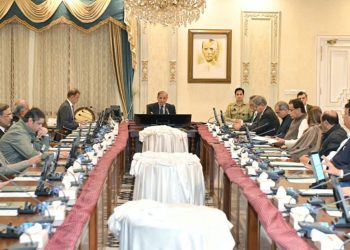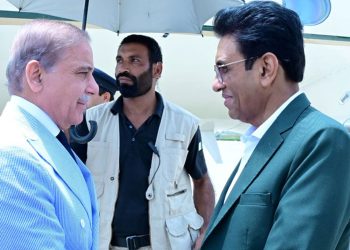The special Joint Investigation Team (JIT) established by the Supreme Court to look into the death of journalist Arshad Sharif has chosen to record their testimony while their travel documents for Kenya are being prepared. The first meeting of the special JIT was held in Islamabad at the DIG headquarters.
According to police sources, the squad made the decision to quickly create its terms of reference (TORs) and record statements from Arshad Sharif’s mother and widow. According to the officials, the JIT will inform everyone involved in the case about the investigation and will also visit Kenya.
Chief Justice of Pakistan (CJP) Umar Ata Bandial ordered the creation of a special JIT to look into Arshad Sharif’s murder earlier this week. On December 7, a bigger, five-person Supreme Court bench presided over by CJ Bandial heard the suo motu case relating to the murder of Arshad Sharif in Kenya.
In court, the interior ministry presented a fact-finding report. The Inter-Services Intelligence (ISI), Islamabad Police, Intelligence Bureau (IB), and Federal Investigation Agency must all be represented in the JIT that the court ordered to be formed (FIA). Convenor JIT CPO Owais Ahmed, Muhammad Aslam from the ISI, Murtaza Afzal from the MI, Waqaruddin Syed from the FIA, and Sajid Kiyani from the IB are all members of the JIT, which was established by IG Islamabad Akbar Nasir Khan.
Fact-finding report
The fact-finding committee, which the government set up to look into and gather information on Arshad Sharif’s death, implied that foreign individuals may have been involved in the “preplanned” killing of the major media figure.
On October 23, Sharif was fatally shot by the police in the African nation under unexplained circumstances. Following an allegation by the local authorities that the journalist had been killed in a case of mistaken identity, Kenya’s Independent Policing Oversight Authority (IPOA) started an investigation; the investigation’s final conclusion has not yet been made public.
In order to gather information on the incident, a fact-finding team led by Athar Waheed of the Federal Investigation Agency (FIA) and Omar Shahid Hamid of the Intelligence Bureau (IB) travelled to Kenya.
According to the fact-finding report, the shooting pattern does not match the trajectory of the bullet that entered Arshad Sharif’s chest from behind.
“One bullet exited from the opposite side and struck him in the upper back, about 6 to 8 inches below the neck (chest). Given the angle at which the bullet was shot and the wound, it is not difficult to conclude that the shooting occurred at close range. The bullet should also have penetrated the automobile seat.






